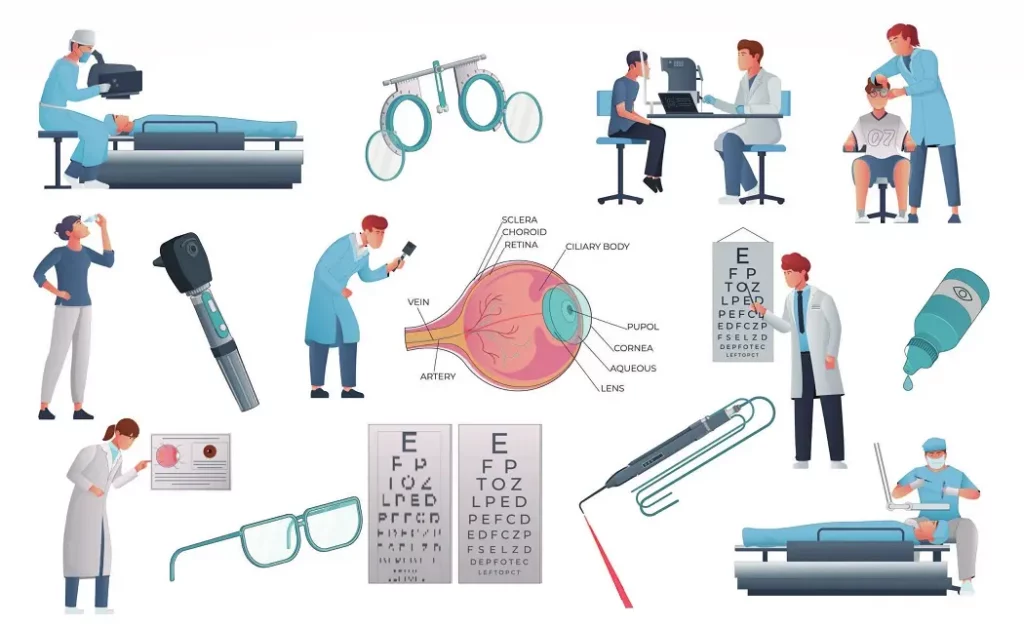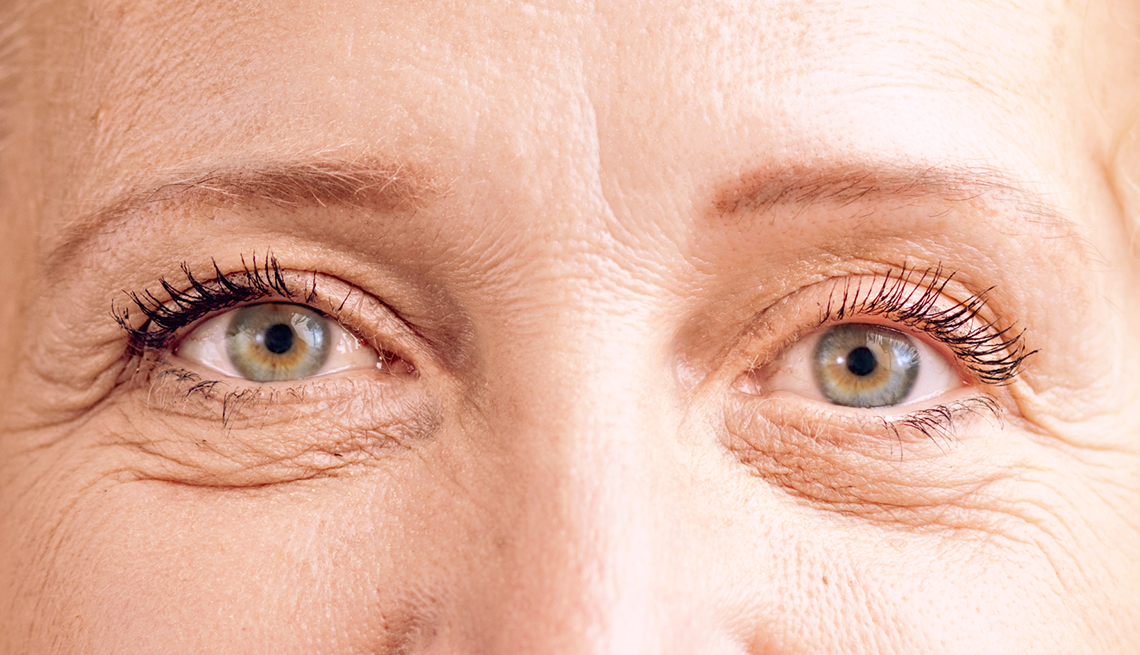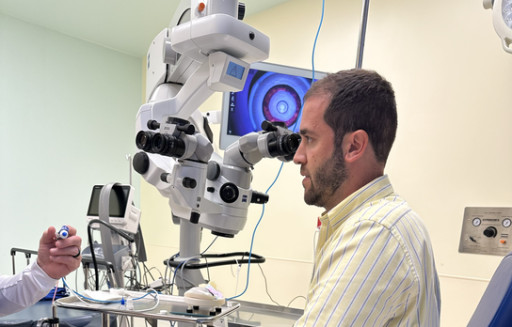Featured
Low vision, a condition where conventional glasses, call lenses, or surgical procedure can not totally recover sight, can make everyday activities challenging. Low vision recovery uses an array of sources to aid people keep their self-reliance and top quality of life. This post explores the alternatives readily available for those looking for support in managing their visual problems.
What Is Low Vision Rehabilitation?
Reduced vision recovery is a structured method to assist people optimize their remaining vision and adapt to brand-new ways of doing day-to-day jobs. Professionals function with patients to establish personalized approaches, integrating devices, techniques, and training programs that fit their one-of-a-kind demands.
![]()
Secret Options for Low Vision Rehabilitation
Vision Enhancing Devices
Optical Aids: Gadget like magnifiers, telescopic glasses, and unique reading lenses can enhance clearness for reading, creating, and other close-up tasks.
Electronic Aesthetic Help: Tools such as electronic magnifiers and portable video clip magnifiers offer adjustable zoom abilities for numerous tasks.
Wearable Technology: Smart glasses furnished with electronic cameras and voice responses deal cutting-edge remedies for improving vision.
![]()
Assistive Innovation
Display viewers, text-to-speech applications, and gadgets with voice commands make technology easily accessible for individuals with low vision.
Smartphone applications, such as navigation help and item recognition tools, assistance users connect with their surroundings better.
Training and Treatment
Positioning and Flexibility Training: Specialists instruct abilities for browsing areas securely, consisting of the usage of white walking sticks or guide pet dogs.
Daily Living Abilities Educating: Recovery programs supply techniques for cooking, cleaning, and personal treatment, making certain that people can carry out vital tasks individually.
Aesthetic Skills Educating: Exercises designed to maximize using continuing to be outer vision can improve visual functionality.
Ecological Adaptations
Adjustments to living or work areas can dramatically improve availability. Examples include:
Installing brighter lights.
Including high-contrast markings to home appliances.
Preparing furniture to produce clear paths.
Assistance Networks
Emotional and emotional assistance is an essential part of rehab. Support system, treatment sessions, and counseling services can help people deal with the challenges of vision loss.
![]()
Peer networks connect people with comparable experiences, fostering a sense of neighborhood and shared discovering.
Just How to Access Low Vision Rehab Provider
Reduced vision rehab services are commonly supplied by:
Reduced Vision Clinics: Run by eye doctors and ophthalmologists concentrating on vision disabilities.
Work-related Specialists: Professionals in adapting settings and jobs to fit private demands.
Nonprofit Organizations: Teams such as the American Foundation for the Blind (AFB) or regional loss of sight support companies use valuable resources and references.
Verdict
Reduced vision rehab supplies an array of resources tailored to enhance capability, increase self-confidence, and boost high quality of life. If you or a loved one is facing the difficulties of low vision, take into consideration getting to out to a professional or rehab facility to explore the many choices readily available.
What Is Low Vision Rehabilitation?
Reduced vision recovery is a structured method to assist people optimize their remaining vision and adapt to brand-new ways of doing day-to-day jobs. Professionals function with patients to establish personalized approaches, integrating devices, techniques, and training programs that fit their one-of-a-kind demands.

Secret Options for Low Vision Rehabilitation
Vision Enhancing Devices
Optical Aids: Gadget like magnifiers, telescopic glasses, and unique reading lenses can enhance clearness for reading, creating, and other close-up tasks.
Electronic Aesthetic Help: Tools such as electronic magnifiers and portable video clip magnifiers offer adjustable zoom abilities for numerous tasks.
Wearable Technology: Smart glasses furnished with electronic cameras and voice responses deal cutting-edge remedies for improving vision.

Assistive Innovation
Display viewers, text-to-speech applications, and gadgets with voice commands make technology easily accessible for individuals with low vision.
Smartphone applications, such as navigation help and item recognition tools, assistance users connect with their surroundings better.
Training and Treatment
Positioning and Flexibility Training: Specialists instruct abilities for browsing areas securely, consisting of the usage of white walking sticks or guide pet dogs.
Daily Living Abilities Educating: Recovery programs supply techniques for cooking, cleaning, and personal treatment, making certain that people can carry out vital tasks individually.
Aesthetic Skills Educating: Exercises designed to maximize using continuing to be outer vision can improve visual functionality.
Ecological Adaptations
Adjustments to living or work areas can dramatically improve availability. Examples include:
Installing brighter lights.
Including high-contrast markings to home appliances.
Preparing furniture to produce clear paths.
Assistance Networks
Emotional and emotional assistance is an essential part of rehab. Support system, treatment sessions, and counseling services can help people deal with the challenges of vision loss.

Peer networks connect people with comparable experiences, fostering a sense of neighborhood and shared discovering.
Just How to Access Low Vision Rehab Provider
Reduced vision rehab services are commonly supplied by:
Reduced Vision Clinics: Run by eye doctors and ophthalmologists concentrating on vision disabilities.
Work-related Specialists: Professionals in adapting settings and jobs to fit private demands.
Nonprofit Organizations: Teams such as the American Foundation for the Blind (AFB) or regional loss of sight support companies use valuable resources and references.
Verdict
Reduced vision rehab supplies an array of resources tailored to enhance capability, increase self-confidence, and boost high quality of life. If you or a loved one is facing the difficulties of low vision, take into consideration getting to out to a professional or rehab facility to explore the many choices readily available.
Latest Posts
Check Out Cost-Effective Auto Repairs with Montclare’s Limited-Time Service Specials
Published May 24, 25
1 min read
Find the Premier Auto Repair Offers in Montclare, Chicago
Published May 23, 25
1 min read
Unlock WyHy FCU – Smart Money Management for Your Future
Published May 22, 25
1 min read